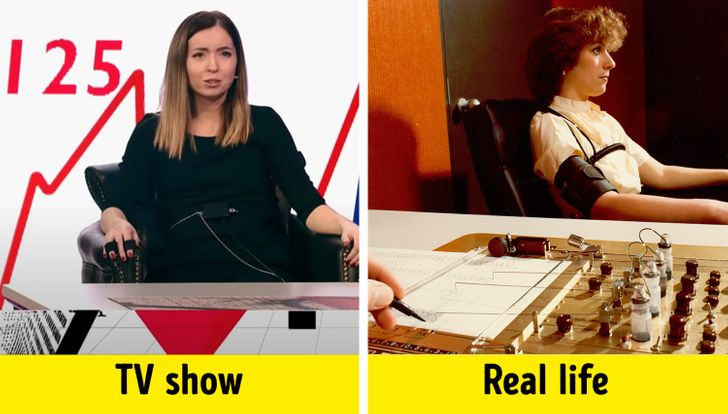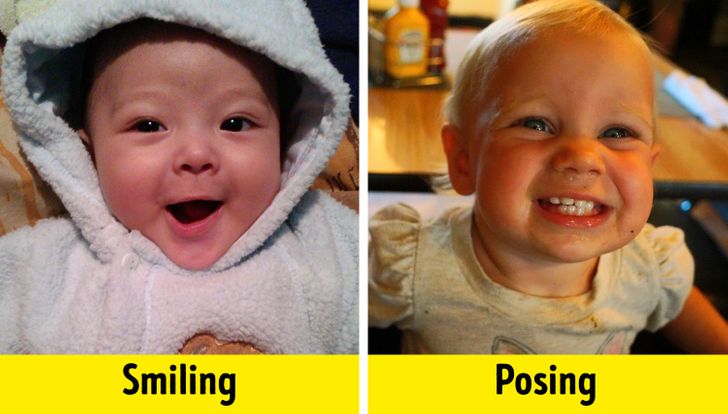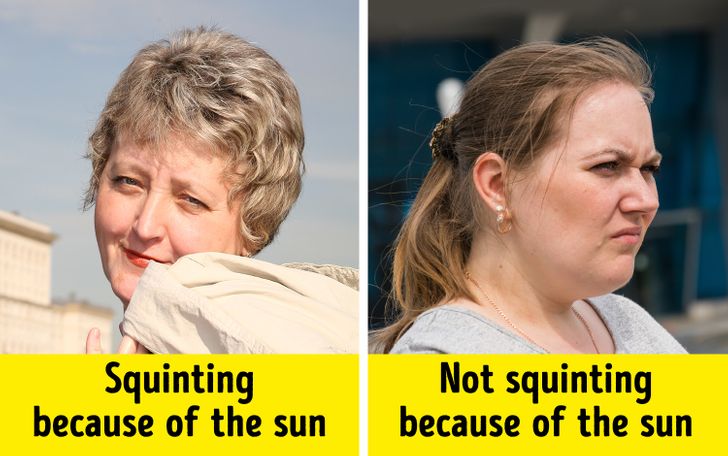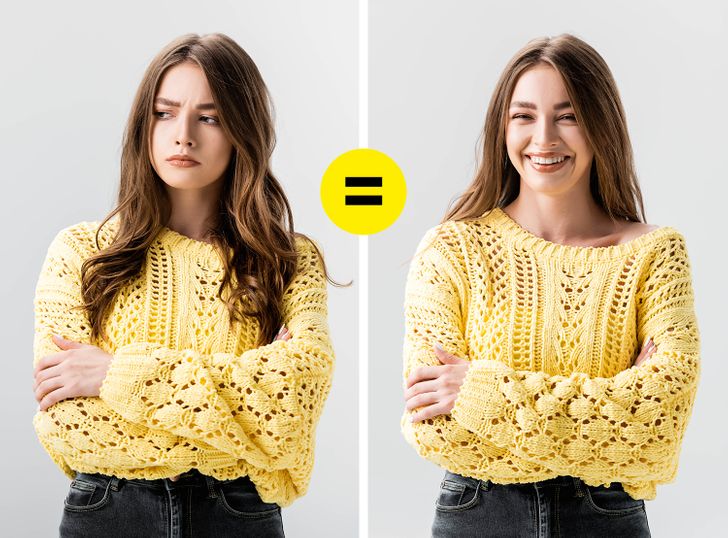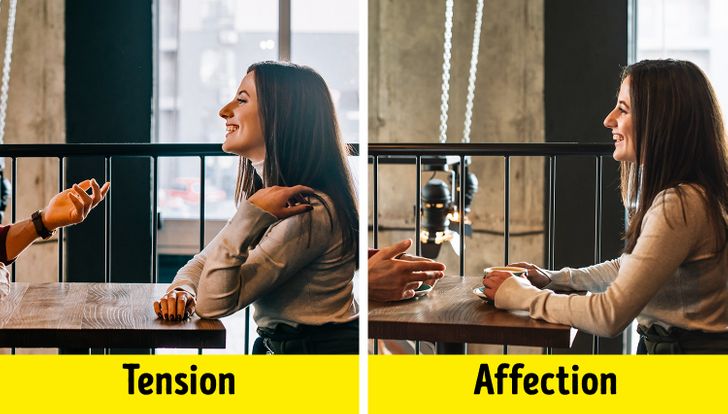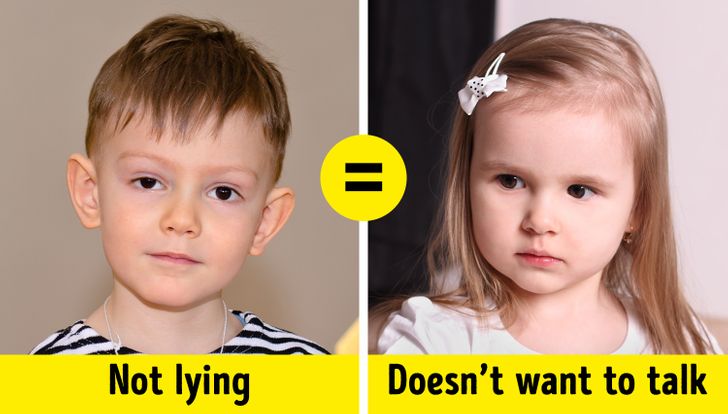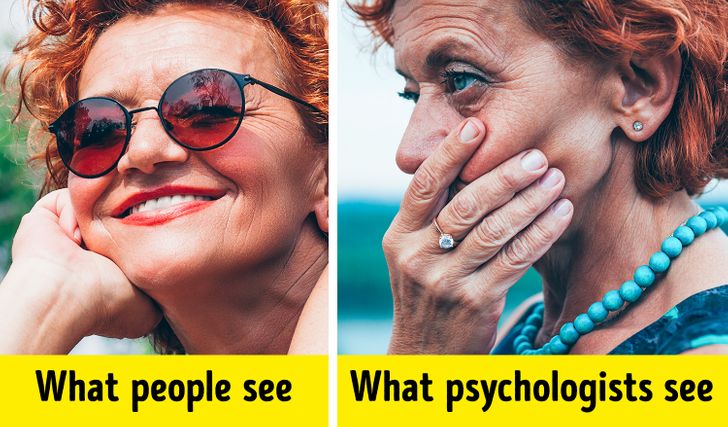I never believed in those lie detectors, I'm pretty sure you can easily fake them
15+ Mixed Signals We Get From Our Bodies That Often Make Us Feel Awkward
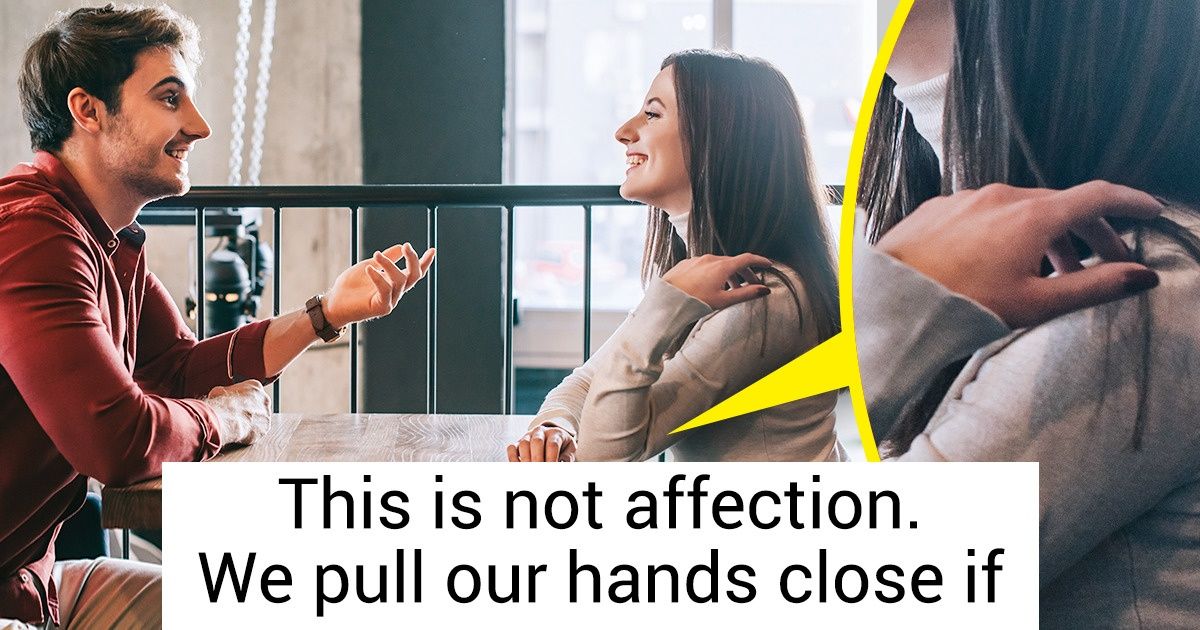
If you disable the sound while watching movies, you can notice how much we actually use our facial expressions and body language. The information communicated this way is easily received by other people and it gives an emotional context to our words and actions. Joe Navarro, an expert at non-verbal communication, reveals the secrets for how to manipulate people to get them to do what you want in his books and public speeches.
After reading his recommendations, we at Bright Side want to figure out how to read other people and why our words don’t have as much impact on them as our behaviors.
Why a lie detector doesn’t work and even experts have a hard time detecting liars in real life
A person’s behavior can give us an idea of what they are really thinking, but it can’t give away the fact that they are lying. We can suspect that a person is trying to hide something only if we see that they are acting out of the ordinary. This is how a polygraph works: it tries to tell that a person is feeling nervous while answering a specific question. But it can’t determine the reason why someone is feeling this way. This is why polygraphs can’t be used in court.
People can also detect other people’s signals, but we often don’t even notice that. For example, someone talks to us in a kind voice and is being friendly, but something tells us to be alert. This is not about our life experience: since childhood, children can tell the difference between a real smile and a fake one, and they even use them when needed.
The limbic system of the brain is responsible for our feelings and emotions, our imagination, our reactions, and our adaptation to a changing environment.
The ability to read other people and manipulate them using non-verbal communication appears in early childhood. Children can control their mothers, which is evident in something called "the still face experiment.’
Even without a big communication experience with people, babies quickly detect emotions on faces and interact with their mothers without using any words.
Mimics and other non-verbal signals of the face
- When talking, we might close our eyes, not only because we’re tired, but also when we don’t like something, as if we don’t want to see something. What is interesting is that people who are born blind and rely on hearing close their eyes in moments like this too, not their ears.
- Wrinkling the skin above the nose means that a person doesn’t approve of something or sees a problem. A person may be unsatisfied with something or just not understand what is going on around them.
- When we raise our eyebrows quickly, it means we are greeting someone, showing our joy, or liking something in a situation, when there is no time to talk, like for example, if you are wearing a mask.
- A rabbit nose is the wrinkles we get when we are disgusted with something. Also, this is often a side effect of Botox injections: often, when people try to get rid of the wrinkles around their eyes, the neighboring muscles might take on their functions.
- We squint when we are trying to see something better or when we see a bright light. But during communication, especially if the lip corners are a bit low and the forehead is tense, it might mean that a person doesn’t like what they see or hear.
- We blink faster when we are in an unpleasant or stressful situation. It doesn’t mean that a person is hiding something, this is just a reaction to stress. For example, they may be trying to remember some very important information.
- The more stressed we feel, the more we hide our lips. Many politicians look like this when they are asked unexpected questions. But it doesn’t have to be negative: experienced plumbers will also purse their lips if they’re having trouble fixing an ordinary pipe.
- Facial expressions can be asymmetrical when what you are thinking is different from what you are doing. For example, if you are smiling, but your eye muscles are tense.
- Touching your nose, a half-open mouth, and coughing a little bit are usually considered to be the signs of a liar. But in fact, we behave like this when we are trying to calm ourselves down. The reason for the stress may not indicate that the person is lying, but the fact that someone thinks they are lying.
- If a person is touching the inside of their cheek with their tongue, this is a sign that they are nervous. You can see this behavior when someone is doing a difficult task or signing an important contract.
Body language, random gestures, and appearances
- We are used to thinking that crossed arms are a closed position that a person takes when they are trying to shield themselves from something unpleasant. In reality, this is just another attempt to try and calm down by hugging ourselves to make ourselves feel more confident.
- We lean our heads to the side a little when a conversation is interesting to us. If we start nodding just a little bit, it means that we agree with what is being said.
- The position when a person places their hands in front of them so that the fingers are touching, but there is a distance between the palms sends a simple message — they are sure in what they are talking about. This hand position makes every single word more powerful.
- Touching the neck, near the jugular vein, means that a person is feeling lost and defenseless. If you see someone act like this, try to show more empathy to make the situation more comfortable and win the person’s trust.
- When someone places their palm on the top of their chest, this is a signal of anxiety.
- When something makes us feel anxious, we can feel that it is hot and that there is not enough air to breathe. We don’t just touch our neck, but we start pulling on our collar or loosen our tie, as if it might help.
- While sitting at a table, we hide our hands or pull them toward our body when we hear or see something we disagree with. And vice versa: if someone is sitting with their hands on a table, it means they like what they are hearing and they are interested in talking to you.
- The position where the hands are on the waist can mean a lot of things. If the thumbs are facing forward, and the others are facing back, this means the person is not interested.
- We treat a part of the space around us as a continuation of our bodies, this is why we don’t like it when someone is too close. Especially, if they are also using a lot of body language while standing close to us. Your emotional connection determines how close you can be to someone. When there is no emotional connection, people try to sit or stand as far as possible away from each other.
Cultural and psychological differences
Many people think that when someone is looking away, this means that they are lying. In fact, this lack of eye contact may be caused by cultural, social, or psychological differences. In some countries, it is okay to look someone in the eye briefly, and in others, it is really rude. Maybe a person is an introvert, and they try to avoid any contact with other people.
It is better to watch out for the muscles around the eyes: they will be tense if the person is feeling angry, uncomfortable, or stressed.
It is important to not pay attention to a specific gesture, but to the difference between the regular behavior of a person and what they usually don’t do. Otherwise, you may misinterpret the signals.
For example, the things you may see as a sign of anxiety may be totally normal for an active person. And vice versa: if a person has no empathy, they quickly learn to create the necessary emotions of the face to manipulate the reactions of other people.
Empathy is the universal language of people all around the world. It is based on the tactile sensations of the present moment. The world changed its attitude toward HIV-positive people when Princess Diana touched a child with this virus. Her behavior even made doctors stop wearing masks when working with HIV-positive patients.
We influence other people with our behavior and we give the most powerful signals through close physical contact when someone lets us into their private space.
How to change your behavior so that other people understand you correctly and take you more seriously
- Pay attention to the face. We avoid people who have wrinkles near the bridge of their nose when they are calm. It means that this person is often angry or stressed.
- Keep your distance. When someone sees that you are interested in talking to them, but you respect their private space, they feel good about you.
- Make sure your hands and your hair look good. Healthy, clean, and well-kept hair is more attractive than complicated hair. And clean hands are important if you need to shake hands or communicate with them.
- Learn to smile. This seems to be quite simple, but in reality, it never hurts to practice. Put a mirror in front of you, look into it, and smile while recording this on camera. A beautiful and kind smile is the best way to win someone’s trust and make them like you.
Which communication tricks do you use to find out more about the person you are talking to?
Comments
Interesting. Had no idea our bodies could actually speak for ourselves
The meaning of the positions of the hands are like a whole new universe of words. Amazing!
I think I'm applying this knowledge to my friends from now on haha
Related Reads
11 Heartwarming Stories That Prove Family Is Everything

I Refuse to Forgive My Parents—They Bought My Brother a House and Left Me With ‘Sorry’
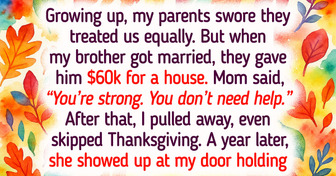
My MIL Mocked Me at My Husband’s Birthday Party—I Gave Her a Brutal Reality Check

15 Moments That Show Kindness Is Our Greatest Power—Not Our Weakness
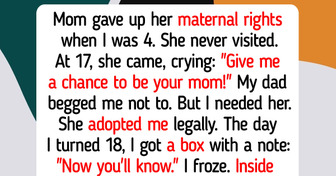
A Server Humiliated My Wife During Our Family Lunch—I Made Sure Everyone Knew

12 Real Stories That Prove Kindness Truly Brings Light After Darkness
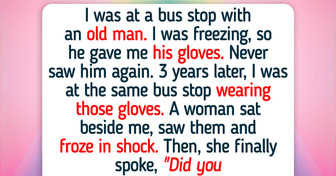
I Refused to Be Humiliated in Front of My Own Family
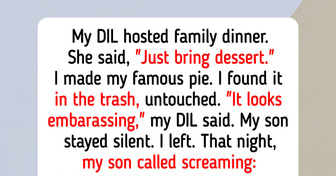
12 Coworker Tales So Crazy, They Could Be a Blockbuster Series
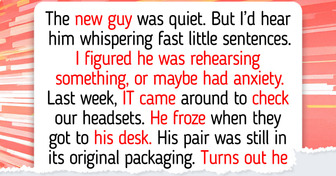
I Refused to Earn $25K Less Than a New Hire—So I Pulled a Move No One Saw Coming
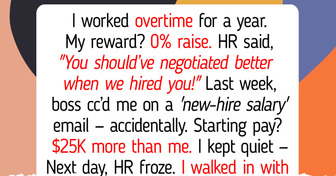
I Refused to Babysit My Grandkids Because My DIL’s Rules Went Too Far
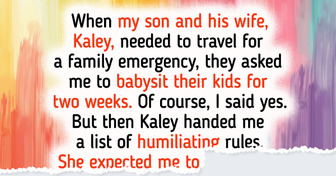
12 Acts of Kindness That Circled Back in Shocking Ways
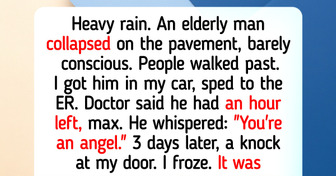
I Refused to Babysit My DIL’s Sick Son—I’m Not His Real Grandma

